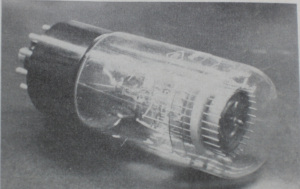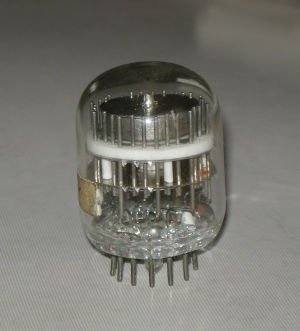Charge Transfer Process in Dielectric Barrier Discharge
-Essential Difference between DBD and Glow Discharge-
最近の傾向として,放電形態を見かけの状態から確たる検証をしないまま,プラズマとかグロ-放電とか表現してしまうことが多いように思われる.放電形態の厳密な定義にしたがうことが大切だろう.DBD (Dielectric Barrier Discharge)においてもある混同が見られる.そこでDBDとRF放電,グロ-放電との本質的な違いについて一考してみた.
Abstract
In the DBD (Dielectric Barrier Discharge), the surface of the dielectrics on the electrodes are charged up nearly applied voltage after a very short time from the beginning of the discharge and then the discharge is quenched, The electrons, which are charged up on the surface of dielectrics, play a role of the initial electrons in electron avalanche, when the gap is applied a high voltage of inverse polarity opposite to the preceding discharge, The discharge is never sustained in steady state. In order to continue the short pulse discharge, it is necessary to apply an AC voltage. While the discharge is happening, only the displacement current flows due to the charge transfer process.We discuss the charge transfer process in DBD and also clarify the essential difference between DBD and other discharges.
DBD is distinguished from the RF discharge by the operating frequency range. DBD in which the charge transfer by ion drift is to operate in much lower frequency than that of RF discharge.
The essential difference between DBD and glow discharge is the presence or absence of the effect of electron emission by ion bombardment on the negative electrode. In DBD the electron emission from the electrode is never required. Even if the DBD might look like an apparent glow discharge, it would not be referred to as a glow discharge.
slide
補遺
プラズマ よく間違える例 破壊前駆現象における発光気体. 代表例としてタウンゼント放電(正イオンの空間電荷層を速い電子が走っている放電形態でありプラズマ状態にはなっていない) 一般に高インピーダンス放電においてはプラスマは発生していない.











